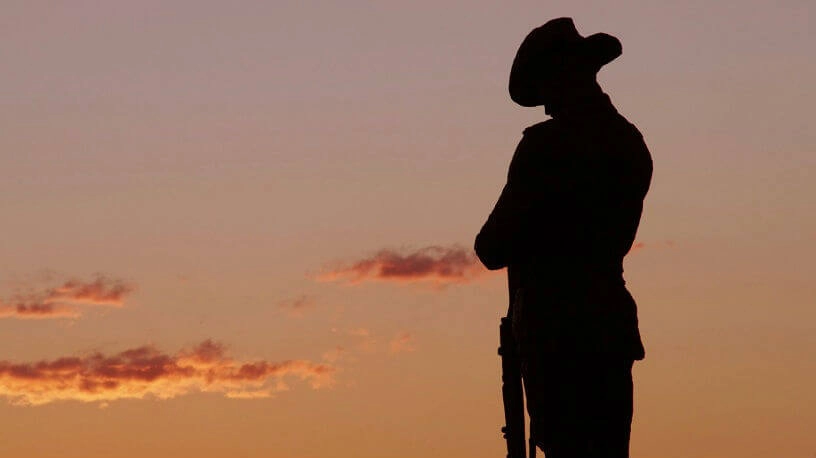It is fortuitous for our association that, of all the triumph and tragedy to emerge from Australia’s nation-defining experience in the Great War, the anniversary of the Gallipoli landing has been chosen above all else as the lasting monument to it. For in the public holiday granted on 25 April, we are afforded the opportunity to commemorate not only the sacrifice of the Anzacs but also the founding of the original incarnation of the Australian Natives’ Association on 24 April 1871. And so, on Wednesday evening last week, the men of the Victorian branch of the revived ANA gathered at a hotel in inner Melbourne to do just that. The night began with a tribute to and reflection on the men of the original ANA and their extraordinary achievements over more than 130 years, after which members shared their family connections to Australia’s military history and the stories of the brave men involved who barely escaped with their lives – or, in the case of some who left families behind at homes, did not escape at all. These included one particularly harrowing tale of a great-grandfather who was evacuated to the Greek Islands for medical treatment after suffering serious gunshot wounds to the leg at Gallipoli. As fate would have it, the nurse who treated him eventually became his wife and the great-grandmother of the member who survives to tell their story – a powerful reminder of the capacity for hope and joy to emerge from the direst of circumstances.
That there is merit in an organisation formally honouring the predecessor on which it has been modelled and after which it has been named is self-evident. In connecting that occasion with the anniversary of the original ANA’s founding, however, it is worth noting the specifics of that date. The Great War may well have been the experience that defined our nation, but the ANA was the organisation that built it. It played a leading role in Federation, the creation of Australia Day, and the implementation and maintenance of the White Australia Policy. It led campaigns for the development of a distinctive Australian cultural identity, perhaps most notably in its push for the adoption of the wattle as our national floral emblem. At its peak, it boasted 95,000 members who provided financial benefits to 250,000 Australians. And yet, on that pivotal day in 1871, it was a mere 14 men who gathered with the intention of creating a friendly society for Victorian Natives. On the anniversary of its founding, then, we do well to honour the original ANA and the men who built it not merely for their own sake but for ours as well; for in navigating the challenges of guiding the fledgling revived ANA through its infancy, we place ourselves in a far better position to stay the course by keeping foremost of mind what may come from humble beginnings.
As for our honouring the Anzacs, while it is certainly not necessary for true Australians to have a personal connection to the story in order to share in its significance, it is essential that we continue to explicitly acknowledge such connections where they exist. Increasingly, we have seen the Anzac struggle repurposed as one carried out in defence of broad abstract principles such as freedom and democracy. This, in turn, has diluted the significance of Anzac Day commemorations by opening them up to any foreigner claiming to support those same values. As has been shown, however, the Anzacs fought for such values only to the extent that they were our own; for what they actually fought for was the defence of White Australia, for the maintenance of a society in which ties of blood formed the basis of membership. It is only fitting, then, that we pay due respect to our forebears who served that cause by recognising those same ties of blood, something our branch will continue to do as part of its annual Anzac Day commemorations.
M.J. Brown
Governor – ANA Victoria
